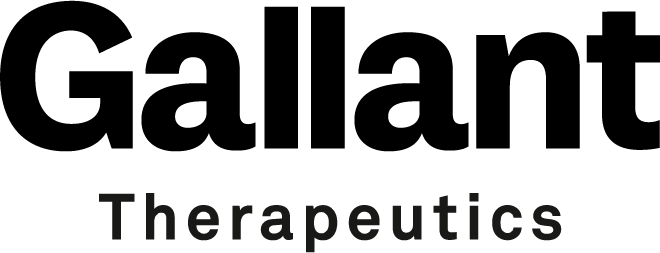Small Animal Internal Medicine
In Person Only
Innovation in Veterinary Therapeutics
ACVCP/AAVPT Track
Friday, June 7, 2024
1:30pm - 2:30pm CT
Location: MCC 211 B
CE: 1.0

Cynthia Cole, DVM, PhD, DACVCP
Partner
Digitalis Ventures
OCALA, Florida, United States
Primary Presenter(s)
Disclosure(s):
Cynthia Cole, DVM, PhD, DACVCP: No financial relationships to disclose
According to Wikipedi innovation is “the practical implementation of ideas that result in the introduction of new goods or services or improvement in offered goods or services.” In terms of companion animal therapeutics, we typically think of innovations as addressing unmet needs. Innovations, however, can also improve convenience, and thereby hopefully compliance, for the pet owner? Or they may provide veterinarians with a wider array of treatment options so therapy can be personalized to the pet. Advancements, however, can also have consequences. New therapies may have unanticipated adverse events or perhaps their cost is prohibitive for many pet owners?
It is important for clinicians to understand the innovation process. For example, when determining whether to pursue a new therapeutic the calculus for a large global animal health company can be quite different from a small start-up. For example, while the large company may have access to more resources, the start-up may be able to move quickly to capitalize on new discoveries. Although the financial component of the equation is rarely top of mind to the veterinarian, it is also a critical component. Before any new or improved product can make it to the market, someone has determined that it can be developed, manufactured, and commercialized in a profitable manner and that includes that pet owners want and are willing to pay for this innovation. Understanding these two drivers, can help veterinarians better understand the therapeutics market and potential innovators understand where capital to support their efforts is likely to be found. Looking at the human market, there are exciting innovations possible for our companion animals, but we must understand the process in order to see those innovations make it to our pets.
Learner Outcomes: Attendees of this session will understand how the industry views current opportunities for innovation in the field of therapeutics. They will also gain insights into the drivers and well as barriers to innovation, scientifically, clinically and financially. Finally, attendees will appreciate the financial calculus of innovation made in different investment senarios from large pharma to start-up businesses.
It is important for clinicians to understand the innovation process. For example, when determining whether to pursue a new therapeutic the calculus for a large global animal health company can be quite different from a small start-up. For example, while the large company may have access to more resources, the start-up may be able to move quickly to capitalize on new discoveries. Although the financial component of the equation is rarely top of mind to the veterinarian, it is also a critical component. Before any new or improved product can make it to the market, someone has determined that it can be developed, manufactured, and commercialized in a profitable manner and that includes that pet owners want and are willing to pay for this innovation. Understanding these two drivers, can help veterinarians better understand the therapeutics market and potential innovators understand where capital to support their efforts is likely to be found. Looking at the human market, there are exciting innovations possible for our companion animals, but we must understand the process in order to see those innovations make it to our pets.
Learner Outcomes: Attendees of this session will understand how the industry views current opportunities for innovation in the field of therapeutics. They will also gain insights into the drivers and well as barriers to innovation, scientifically, clinically and financially. Finally, attendees will appreciate the financial calculus of innovation made in different investment senarios from large pharma to start-up businesses.
Learning Objectives:
- Upon completion of this session attendees will understand how the industry views current opportunities for innovation in the field of therapeutics.
- Upon completion attendees will have gained insights into the drivers and well as barriers to innovation, scientifically, clinically and financially.
- Following this session attendees will understand the financial calculus of innovation made in different investment senarios from large pharma to start-up businesses.

